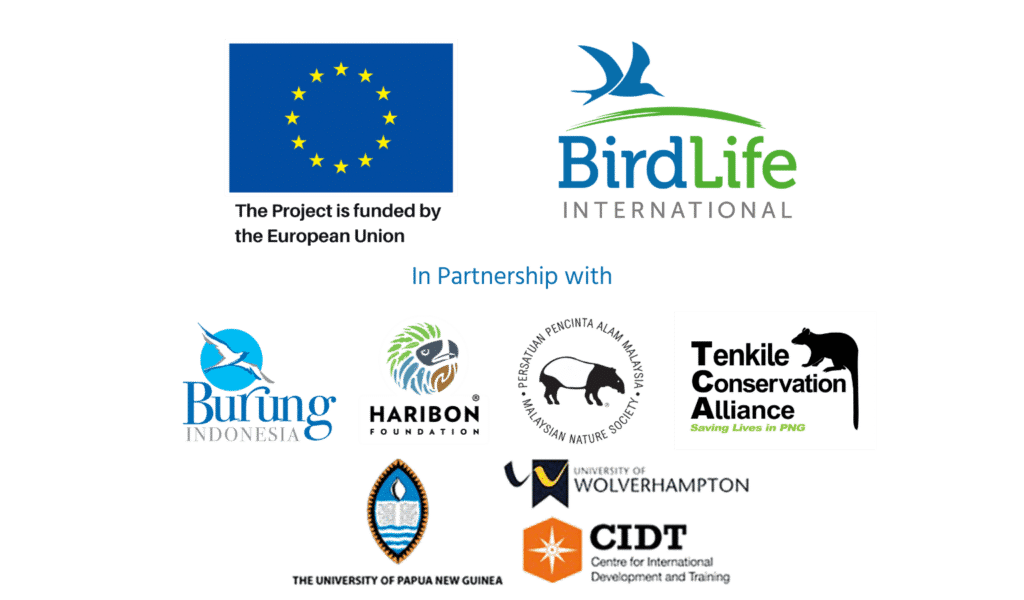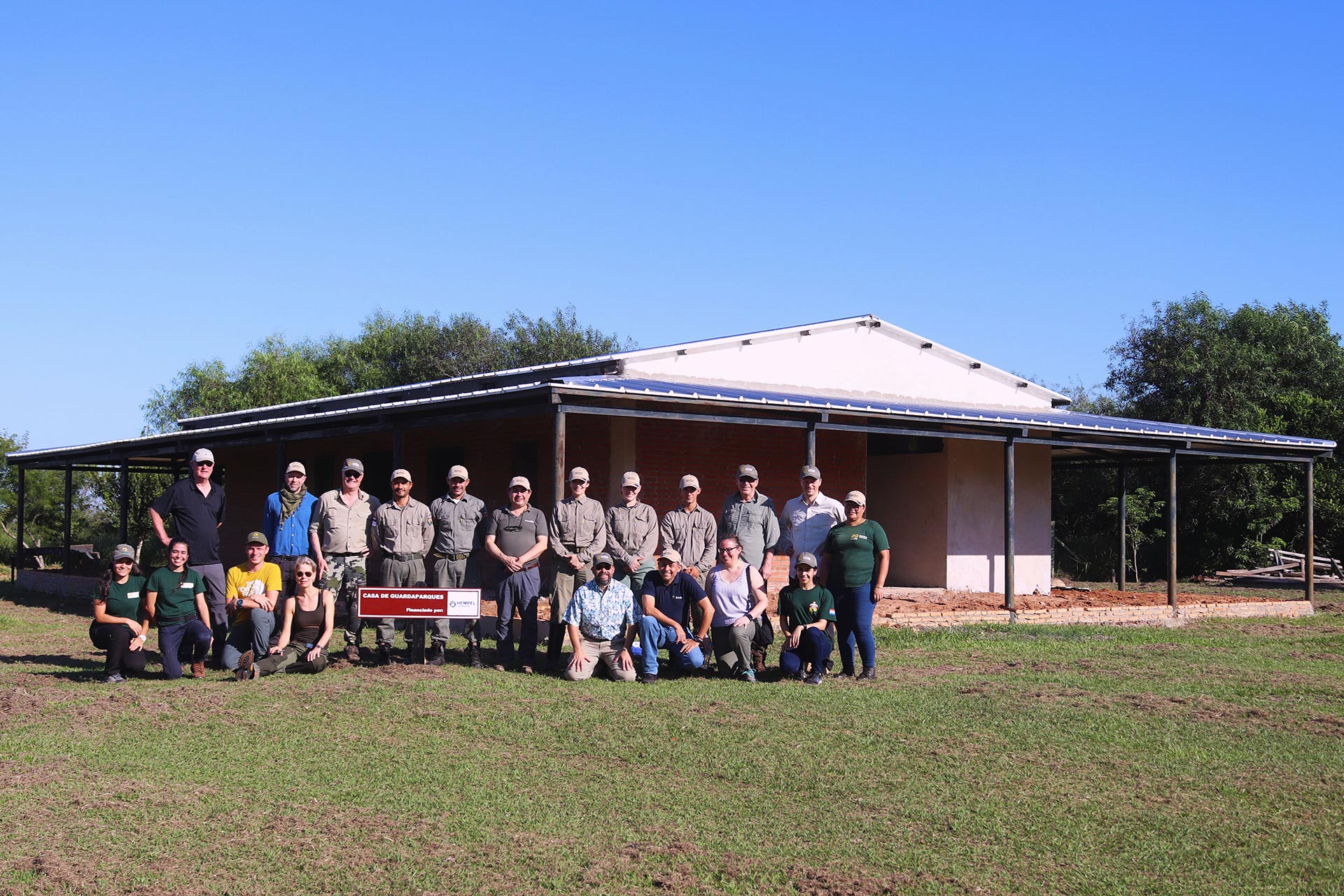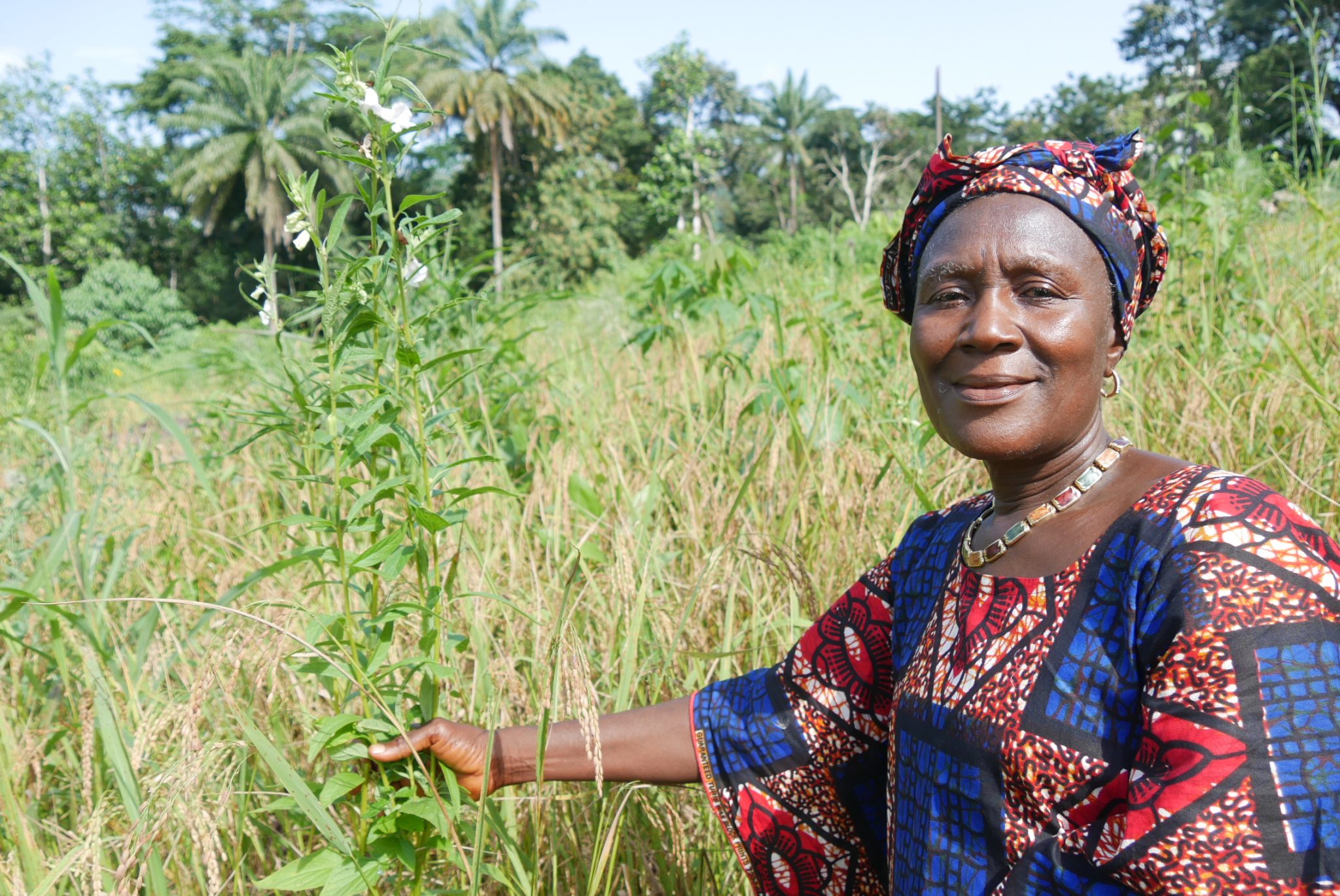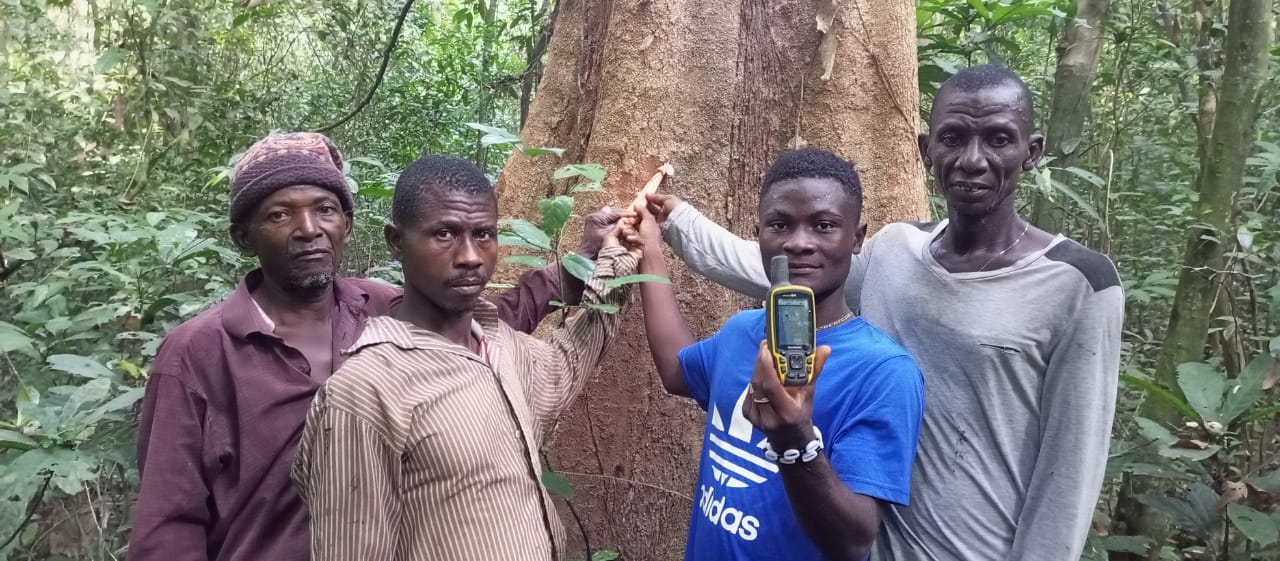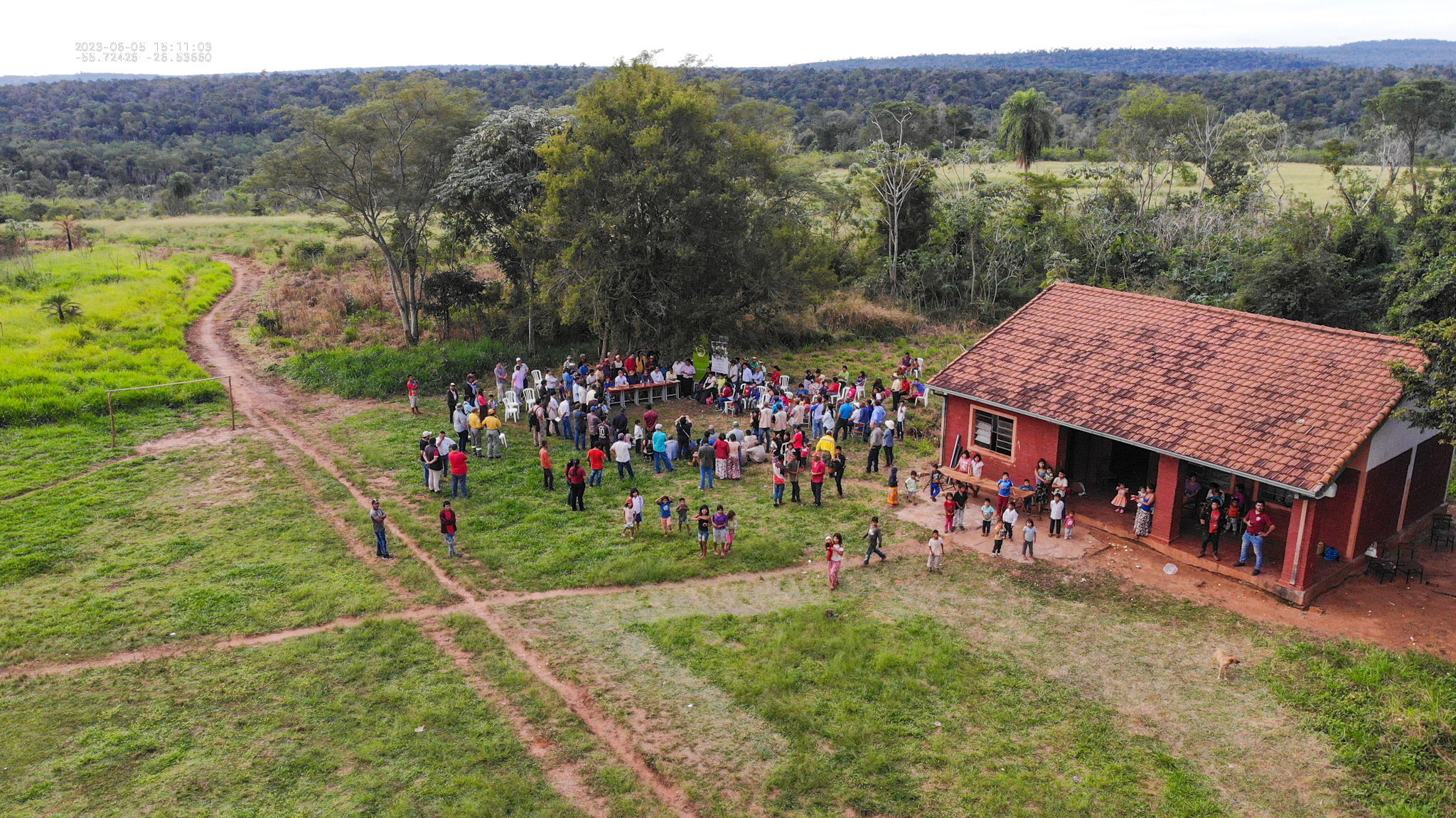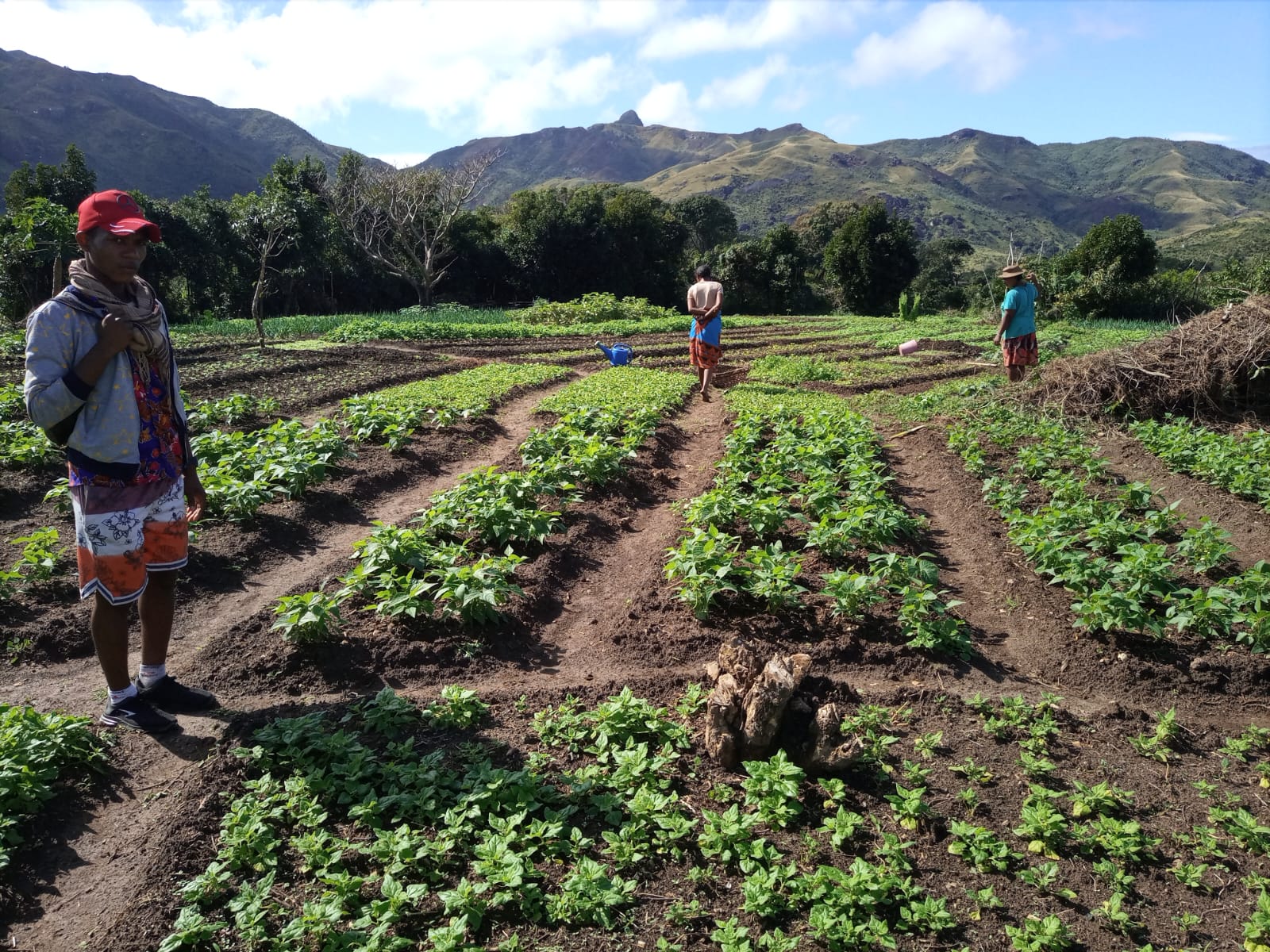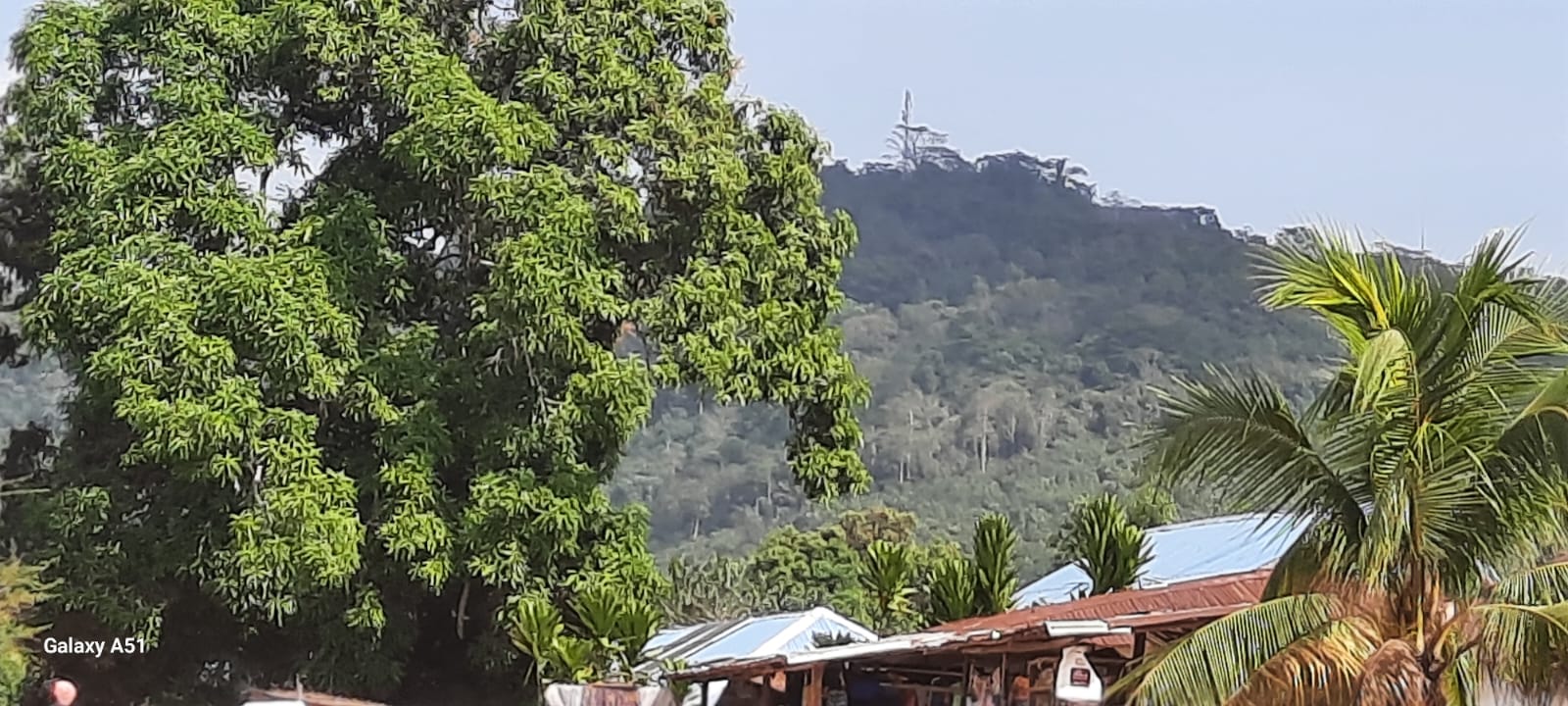Supporting Local Involvement in Forest Governance and Monitoring
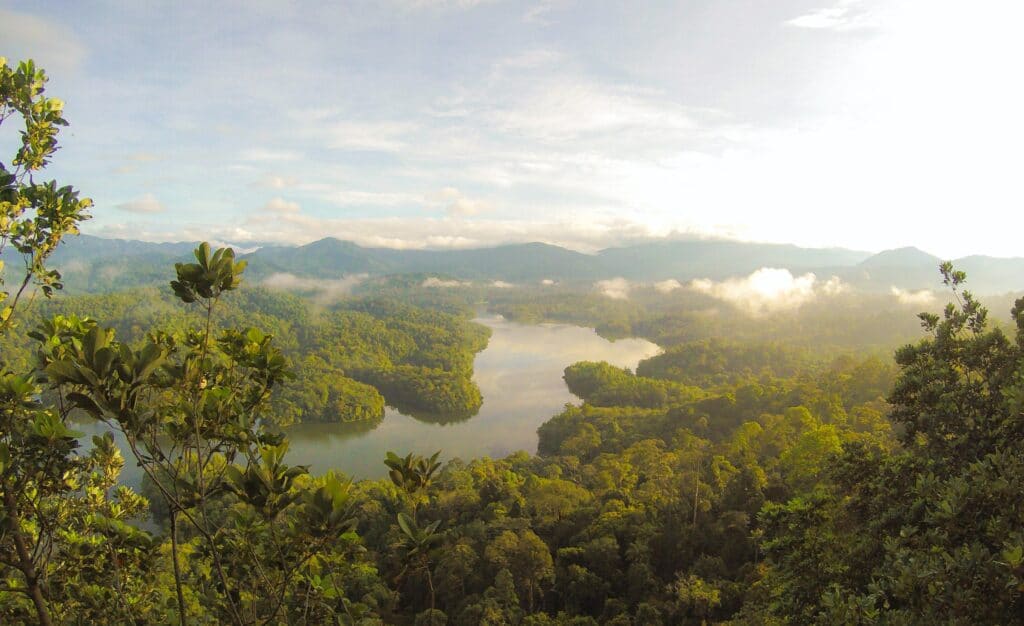
The tropical forests of Asia and the Western Pacific are special. Their lush landscapes are havens to an astounding variety of life found nowhere else. These forests don’t just benefit nature, they benefit local people and all of us across the entire globe. However, these forests are in trouble. Human populations are growing rapidly, agriculture is expanding resulting in the clearing of vast swathes of forest, and illegal logging is rife.
Empowering local people to manage and protect their forests
The ‘Strengthening Non-State Actor Involvement in Forest Governance in Indonesia, Malaysia, the Philippines and Papua New Guinea’ project aims to empower and enhance the involvement of non-state actors in forest monitoring, nature conservation and policy processes, at important forest landscapes in the region.
We believe local people are the answer. Led by BirdLife International and funded by the European Union, we are training people on the ground and empowering local communities, Indigenous People, and NGOs to manage and protect their own forests.
We know that there is no substitute for local knowledge. Local people know the lie of the land and can see the health of the ecosystem first-hand. Therefore, it makes sense that they should play an important role in monitoring and making decisions about the forest in which they live.
Sadly, the power of local communities and Indigenous People is often constrained by lack of technical knowledge, experience and political influence. The Asia-Pacific Forest Governance Project is changing that, bridging the gap between local people and the decisions made about their forest homes.
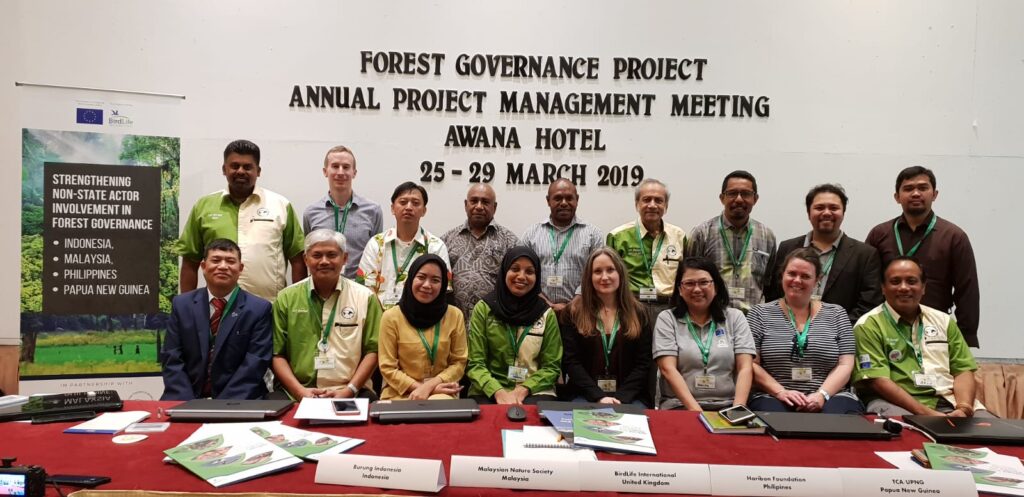
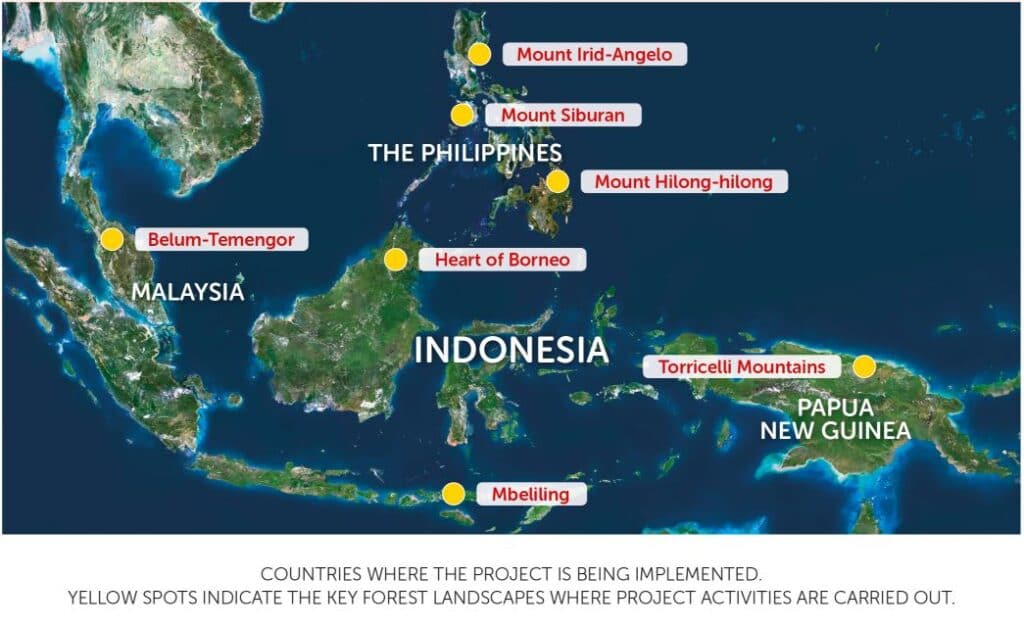

A fully virtual event hosted jointly by BirdLife International and the Centre for International Development and Training (CIDT), the Forest Governance Forum on 27th – 30th September brought together representatives from forest conservation science, capacity building, the commercial sector, Indigenous communities and government for a variety of workshops, lectures and expert panel discussions on effective forest governance in Asia-Pacific region and beyond. You can watch the full event and download session summary packs from this link.
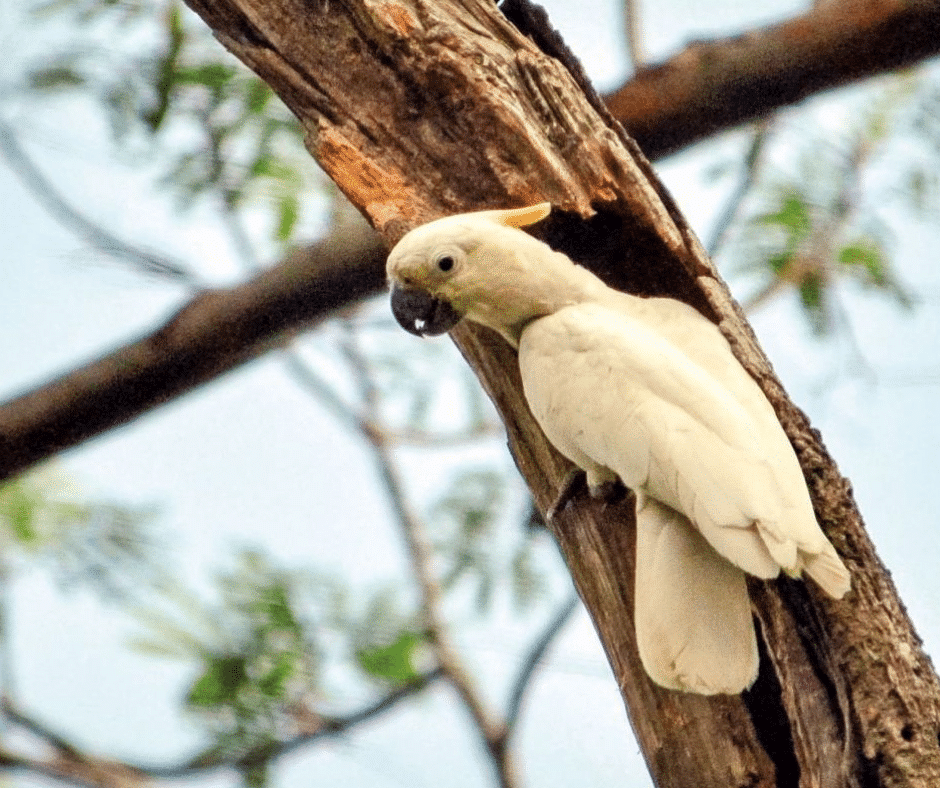
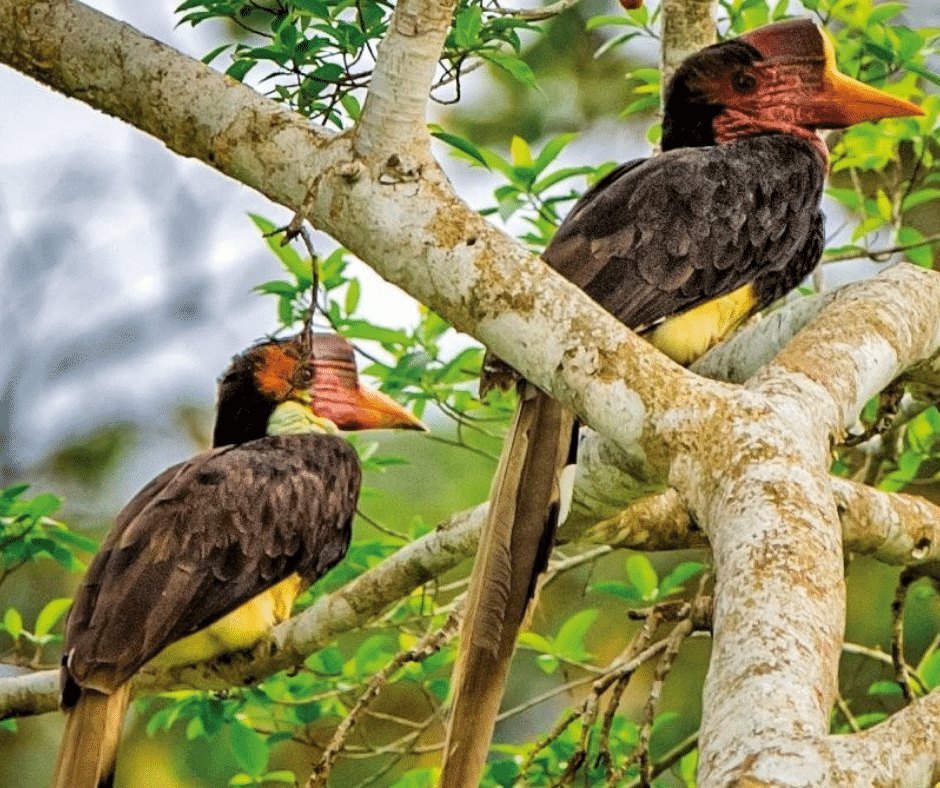
Formerly a widespread species across Indonesia’s Wallacea region, the Yellow-crested Cockatoo has suffered catastrophic declines in recent years due to large scale poaching for the pet bird trade. Yellow-crested Cockatoos are now virtually extinct across much of Sulawesi and adjoining islands. The last remaining populations now occur in the Lesser Sundas, particularly in Timor, Flores and a few other small islands. BirdLife International lists the species as Critically Endangered, in view of its rapid decline and small global population.
Of the 10 species of hornbills found in Malaysia, the Helmeted Hornbill is the largest (over 1 metre in length), and rightfully the most spectacular. This massive hornbill dwells in the tropical lowland and hill rainforests of Malaysia, Indonesia and Thailand, a habitat that is declining due to large-scale logging. These Critically Endangered birds are further threatened by uncontrolled hunting for their casques (the “helmets” mentioned in their name). It is estimated than many thousands are poached every year to supply casques for the illegal trade in hornbill ivory in other parts of Asia.
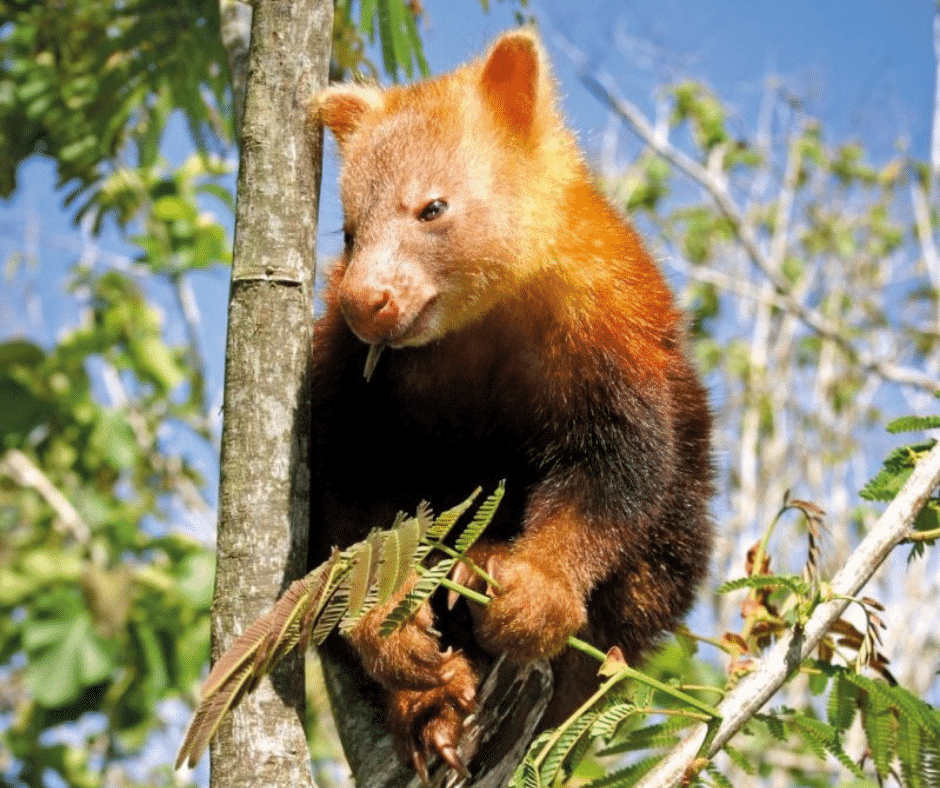
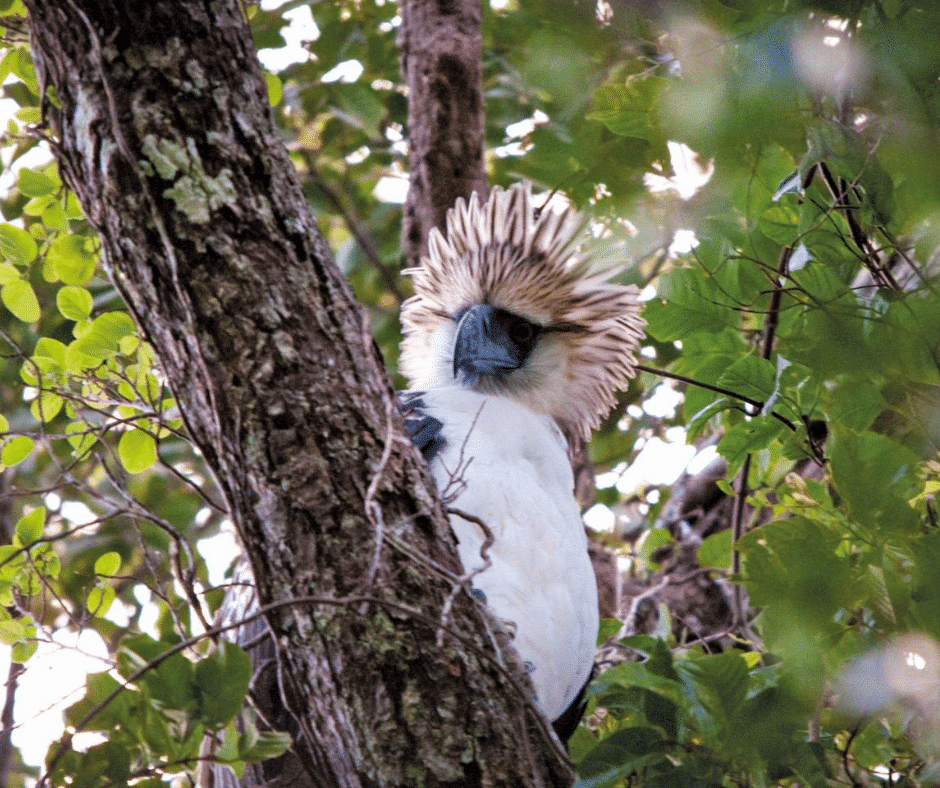
Tree Kangaroos are perhaps the most iconic mammal species on the tropical island of New Guinea, whose fauna of large vertebrates is dominated by birds. Occurring in two widely separated populations in the Foja and Torricelli mountains, the smart-looking Golden-mantled Tree Kangaroo has suffered a major decline due to subsistence hunting, and is now listed as Critically Endangered. The species is particularly vulnerable to hunting pressures due to its tiny distribution and very small populations.
Regarded by many as the largest bird of prey in the world, the Philippine Eagle is also one of the world’s most threatened species. There are as few as 500 individuals left in the wild, mostly in the mountains of Mindanao and Luzon, especially the Sierra Madre mountains (where our key project landscape Mount Irid-Angelo is located). The Philippine Eagle is currently considered Critically Endangered, and remains threatened by habitat loss due to deforestation and illegal hunting.
